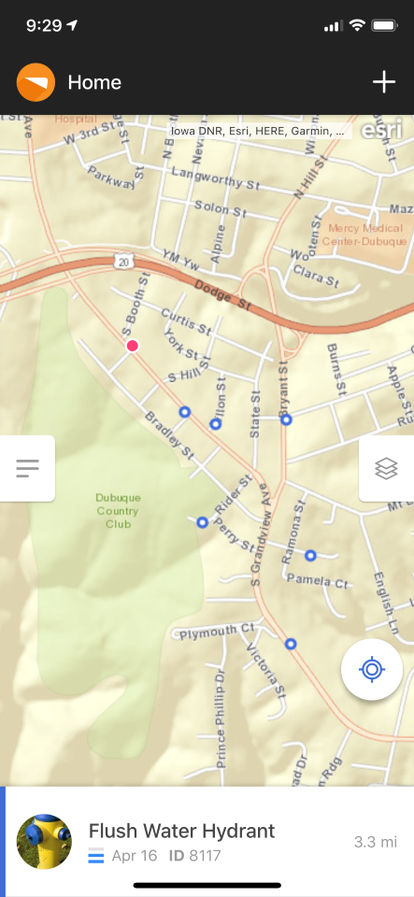Cartegraph drives mobile app adoption; saves governments time and money managing city and park infrastructure
Cartegraph at a glance
Cartegraph builds safer, more resilient and sustainable communities through better stewardship of buildings and infrastructure.
Challenge
Cartegraph needed to make strategic improvements to help cities and local governments get more efficient use from their app and website.
Pendo’ing it
Using Pendo Analytics and In-app Guides, Cartegraph tracked feature usage and created timely in-app messaging to drive mobile adoption. They also created a Resource Center to support their web users.
Results
Launching guides, without needing extra internal resources, helped increase mobile app adoption by 62%
With miles of pavement, acres of landscaping and hundreds of light posts, park benches, wayfinding signs, and more, it’s a massive effort to maintain city infrastructure.
And it’s not just maintenance. Local governments must continually improve streets, parks and public spaces and in a way that makes good use of donor and taxpayer dollars. A suite of web and mobile apps developed by Iowa-based Cartegraph empowers cities, parks and government agencies—their leaders and field workers—to manage infrastructure projects, track assets and report back on progress. Through Cartegraph, they help improve city life for tens of millions of residents around the United States each year.
With its focus on making government as high performance as possible, Cartegraph has a mobile app to make it easier for field crews to manage their work. The goal is to save those workers time on maintenance-related paperwork and reporting back to their managers in local government. But the experience has to be as easy as possible—workers need to spend time completing jobs, not using an app.

Pendo plays an important role in this work. By tracking feature usage in Pendo, the Cartegraph product team learns where to deliver in-app messages to drive behaviors in the app that lead crews to complete the work in the field more efficiently. In the six months after launching guides (like the series below) in the mobile app, Cartegraph saw a 62% increase in mobile adoption.
On the web side, the product team integrates MindTouch, its knowledge base tool, in a Pendo Resource Center so users can access help documents and articles, and easily contact support while using the application. As the customer base has grown and become more engaged over the past year, Cartegraph has handled an increased case load and improved its level of service without requiring additional tech support resources. Product Owner Jon Kremer calls that “a huge win” for both customers and Cartegraph.
Kremer’s team also launched NPS surveys to bring the voice of the customer into the product roadmap. Alongside the customer success team, they’ve matched qualitative feedback from surveys with product usage data to drill into the features used by the happiest and unhappiest customers and identify areas of the product that need improvement. The UX team has used that data to identify customers to interview, or to show early prototypes of new or improved features.
These focused web and mobile improvements, combined with training and guidance offered in app, have led to upgrade opportunities for the Cartegraph team. The more features a customer uses, the more likely they are to add advanced options like Scenario Builder, a predictive budgeting tool for governments, Kremer says.
Cartegraph’s product changes make it easier for governments to do the tough work of maintaining and upgrading park and city infrastructure. But their work ultimately impacts all of us; well-maintained parks, streets and public spaces improve the quality of life for residents.